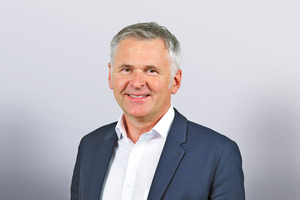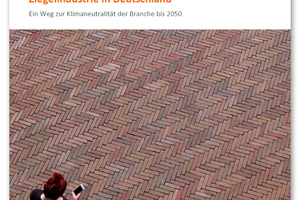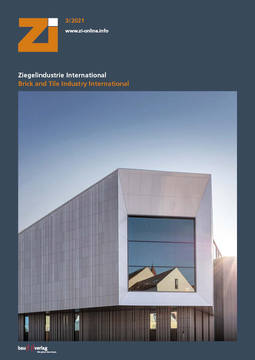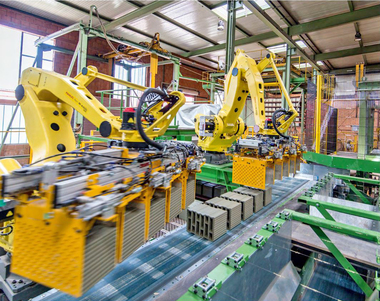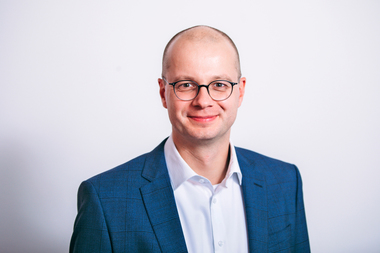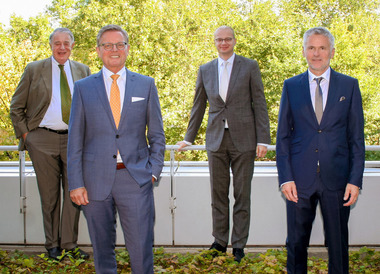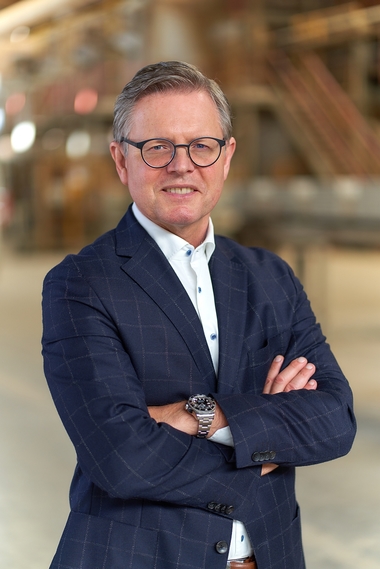German clay brick and tile industry presents roadmap to climate neutrality by 2050
By 2030, CO2 emissions in Europe are to be reduced by 55 percent compared to 1990. In 2050, Europe, and accordingly Germany, too, will be climate-neutral. The road to this destination is like a marathon, the transformation process necessary for this is huge and complex. The German brick and tile industry is pledged to accepting its responsibility: in the roadmap for a greenhouse-gas-neutral brick and tile industry in Germany published at the end of March 2021, the sector describes its road to climate neutrality by 2050, with the associated challenges along the way.
“German masonry brick and roofing tile manufacturers are willing to do their bit,” says Johannes Edmüller, member of the presidium of the Federal Association of the German Brick and Tile Industry, underlining the sector’s commitment. “Our industry has already almost halved energy consumption from 10 TWh in 1990 to the current level of 5.4 TWh. In the same period, emissions have been slashed by around 40 percent to 1.74 mill. t CO2/a.” This could, he continued, be attributed to considerable improvements in efficiency in the production process, the growing percentage of renewable energies and the introduction of improved technologies. How the decarbonization of brick and tile manufacturing can succeed by 2050 and what general conditions the SME-dominated industry needs are signposted in the roadmap, drawn up in collaboration with FutureCamp Climate GmbH on the basis of current figures and data.
Shown are three different routes to the reduction of greenhouse gas emissions. By taking the reference route (“business as usual”), with conventional measures under current conditions, it is already possible to expect noticeable declines in emissions to 1.3 mill. t CO2/a by 2050. By following the ambitious technology route, it will be possible to reduce emissions even further, to 0.5 mill. t CO2/a – this means doubling the annual investment in climate protection. The goal of greenhouse gas neutrality is ultimately achieved with the climate neutrality route. Here, reduction of the emissions to zero is forced, and the annual investment budget needed for this is calculated.
For the ambitious reduction course, the industry expects a total investment in climate protection of around 2.3 bill. euros to be needed by 2050. Key to the success of the transformation is the switch to emission-free energy sources and energetic optimization of the production process. Decoupling the kiln-dryer heat cycle and the use of high-temperature heat pumps at dryers are reduce energy input considerably. Tunnel kilns operated with hydrogen or green power and the complete electrification of the rest of the manufacturing process with electricity from renewable sources lower emissions substantially. A further CO2 reduction is achieved with the switch to additives without fossil carbon content. Moreover, a reduction of material consumption and a successive increase in the utilization of recycled materials, for instance, lead to relevant savings. The use of alternative clays without fossil carbon would ultimately enable the complete reduction of the remaining process emissions.
Radical transformation process needs new framework conditions
Dr Matthias Frederichs, Secretary General of the Federal Association of the German Brick and Tile Industry, sums up: “With the Roadmap 2050, we are presenting a transparent programme addressing specific measures and costs. Figures are given for the necessary investments. With this, brickmakers are passing the ball into the court of policymakers. We now need effective instruments for support to push ahead with the transformation of our industry and secure its competitiveness in Germany in the long term.” Crucial for this was, he continued, the availability of green energy, an infrastructure for the sufficient supply of, for example, green hydrogen at costs that are economically viable. Also needed was effective carbon leakage production as well as accelerated approval procedures. Only in this way could reliable planability for the introduction of new technologies be guaranteed.
With the measures described, the energy consumption of the German brick and tile industry could be almost halved to 2.6 TWh by 2050, 1 TWh of which from green hydrogen, 1.4 TWh from green electricity and 0.2 TWh from biogenic solid fuels. Johannes Edmüller is optimistic: “We brickmakers are setting off optimistically on this road. Reducing emissions for firing, drying and pore formation to zero is possible – providing the conditions are right.”
The roadmap to a greenhouse-gas-neutral brick and tile industry in Germany is presented by the Federal Association of the German Brick and Tile Industry on its website and available as a download.

